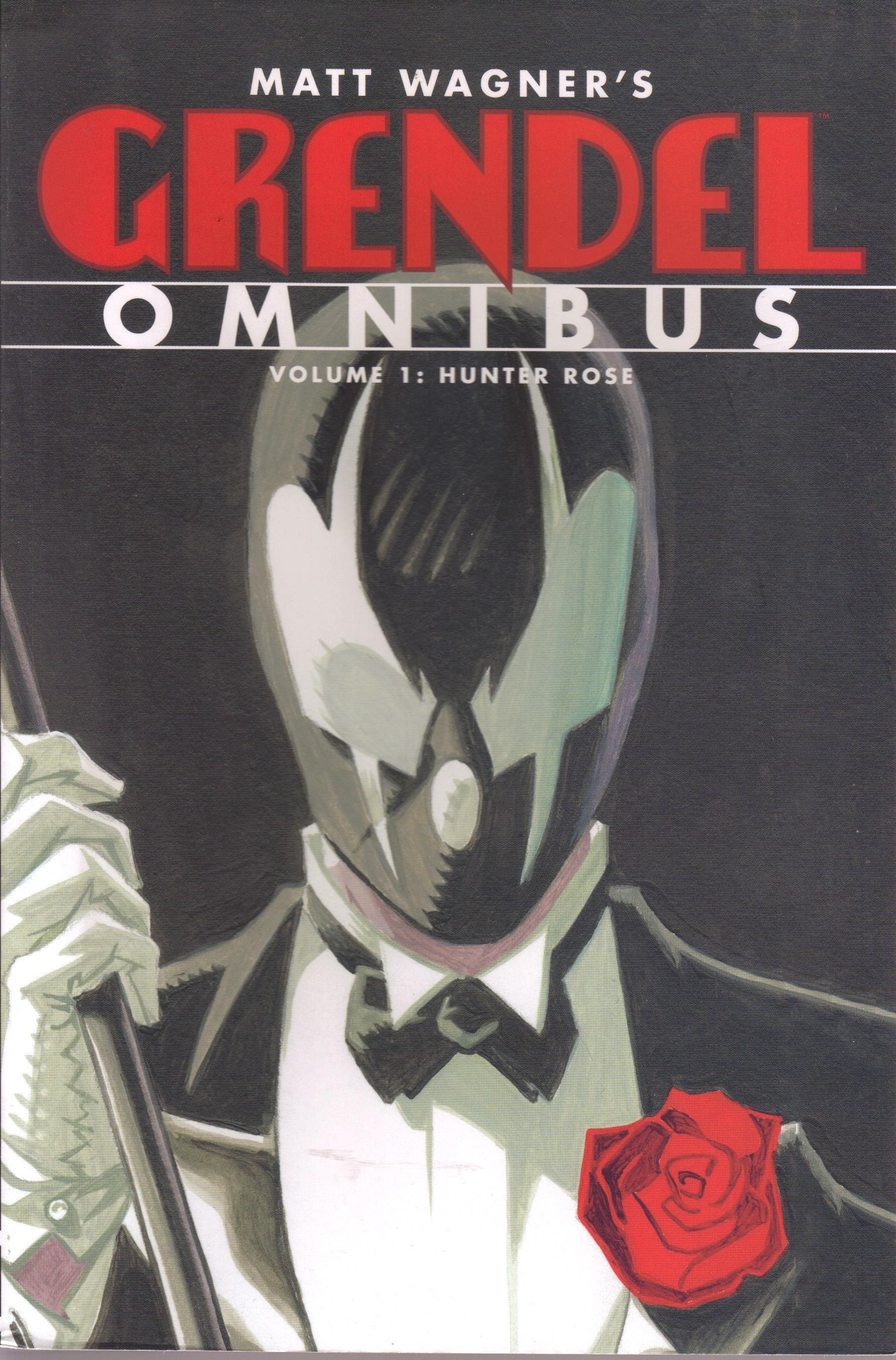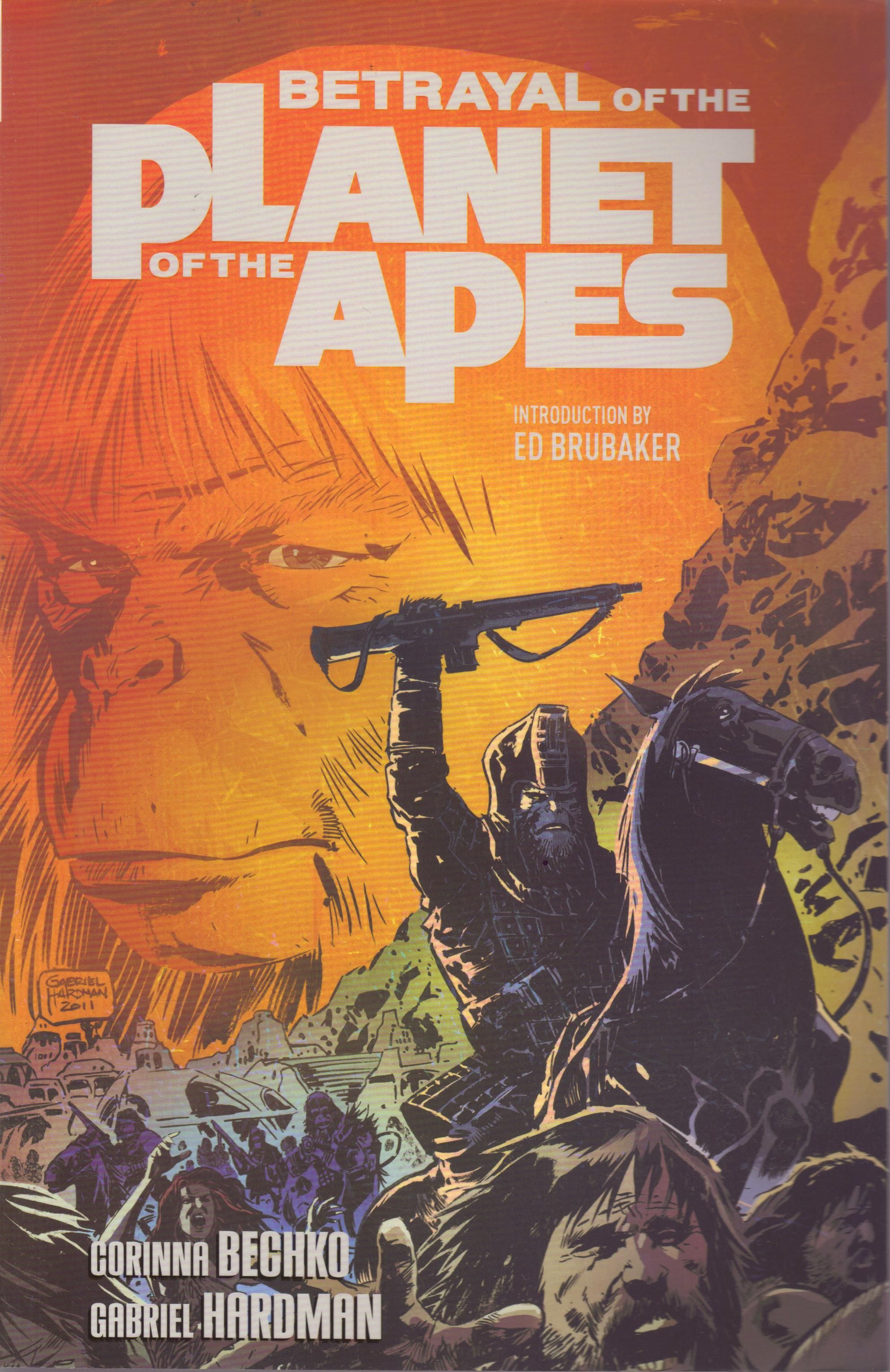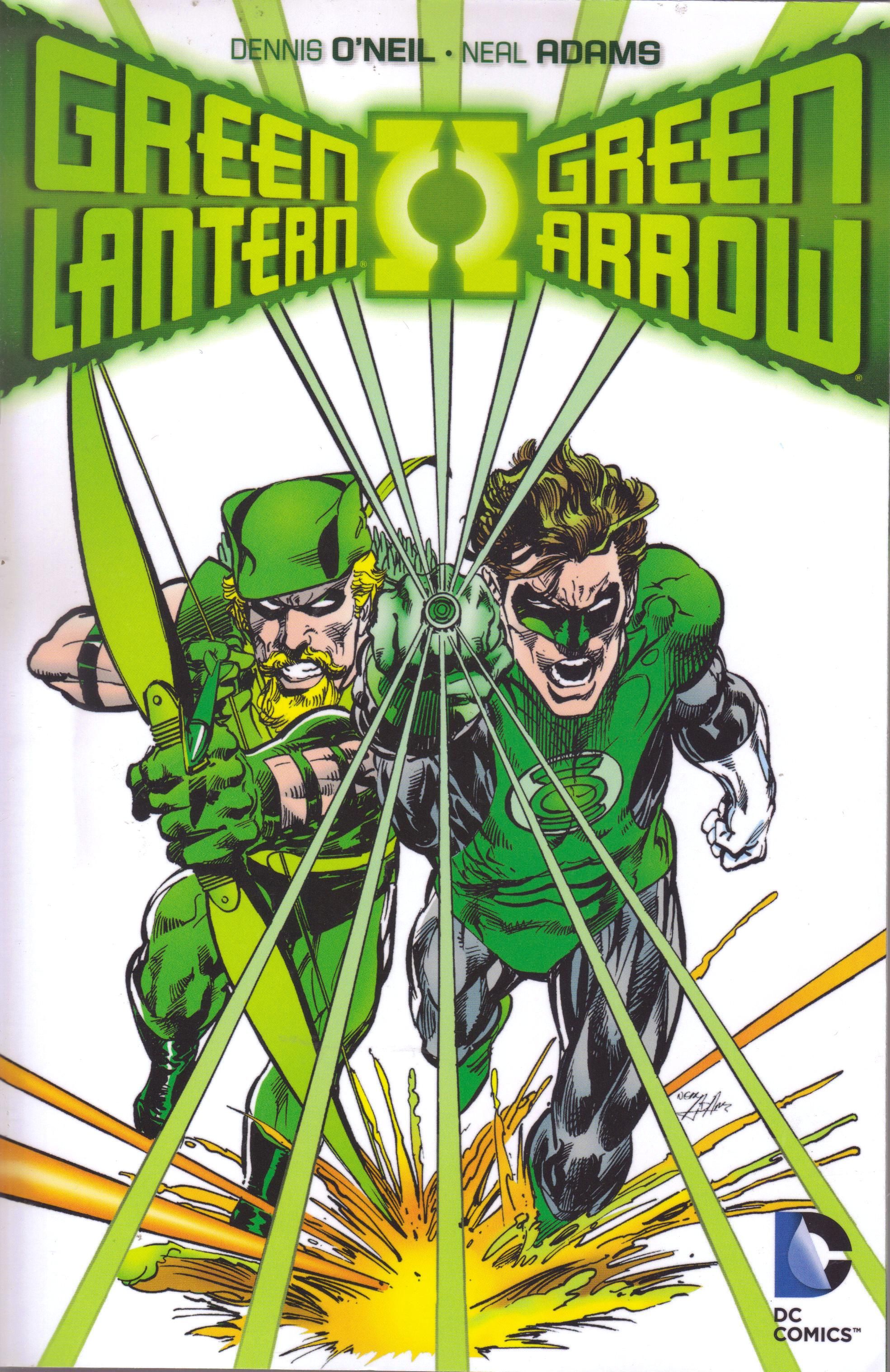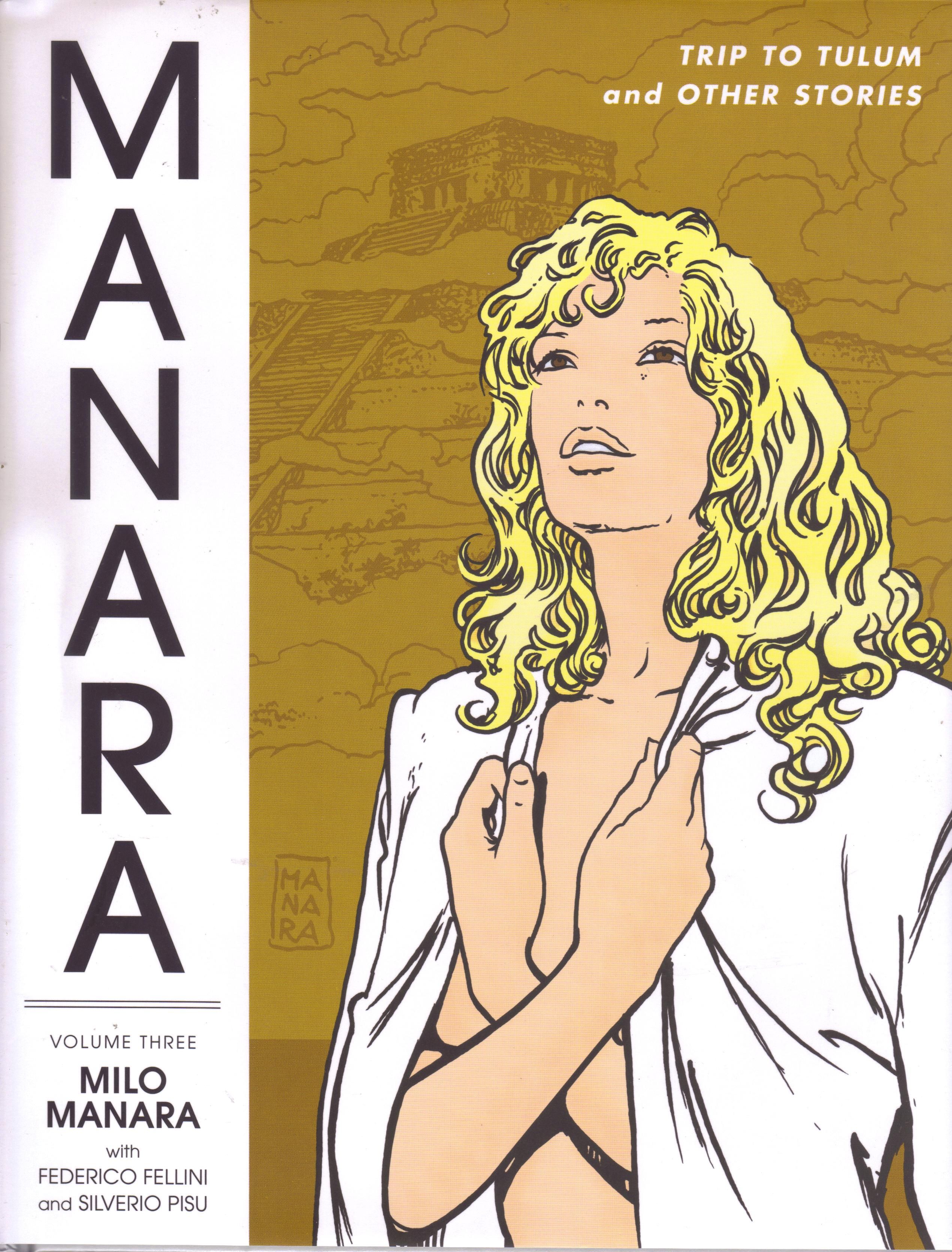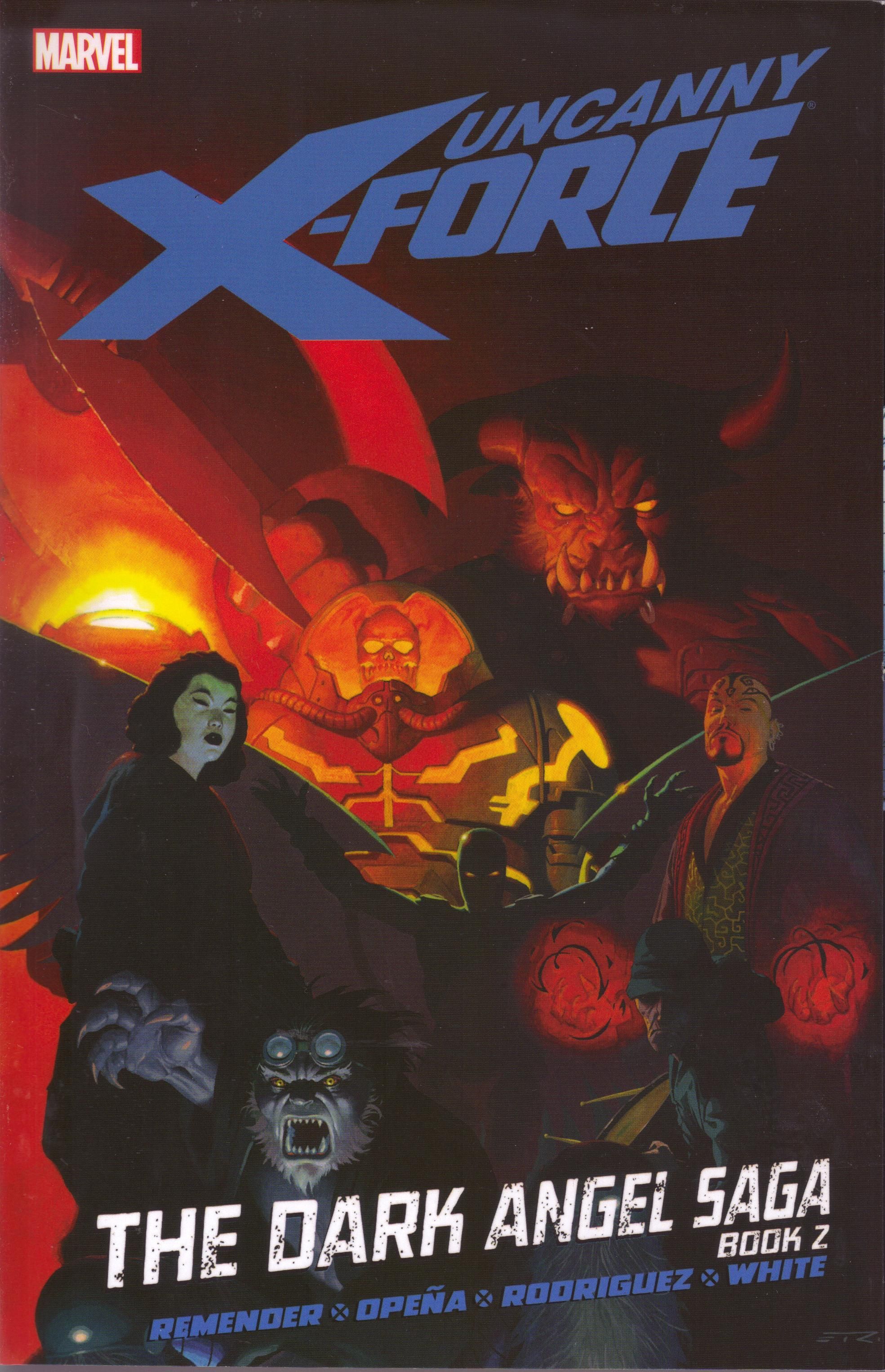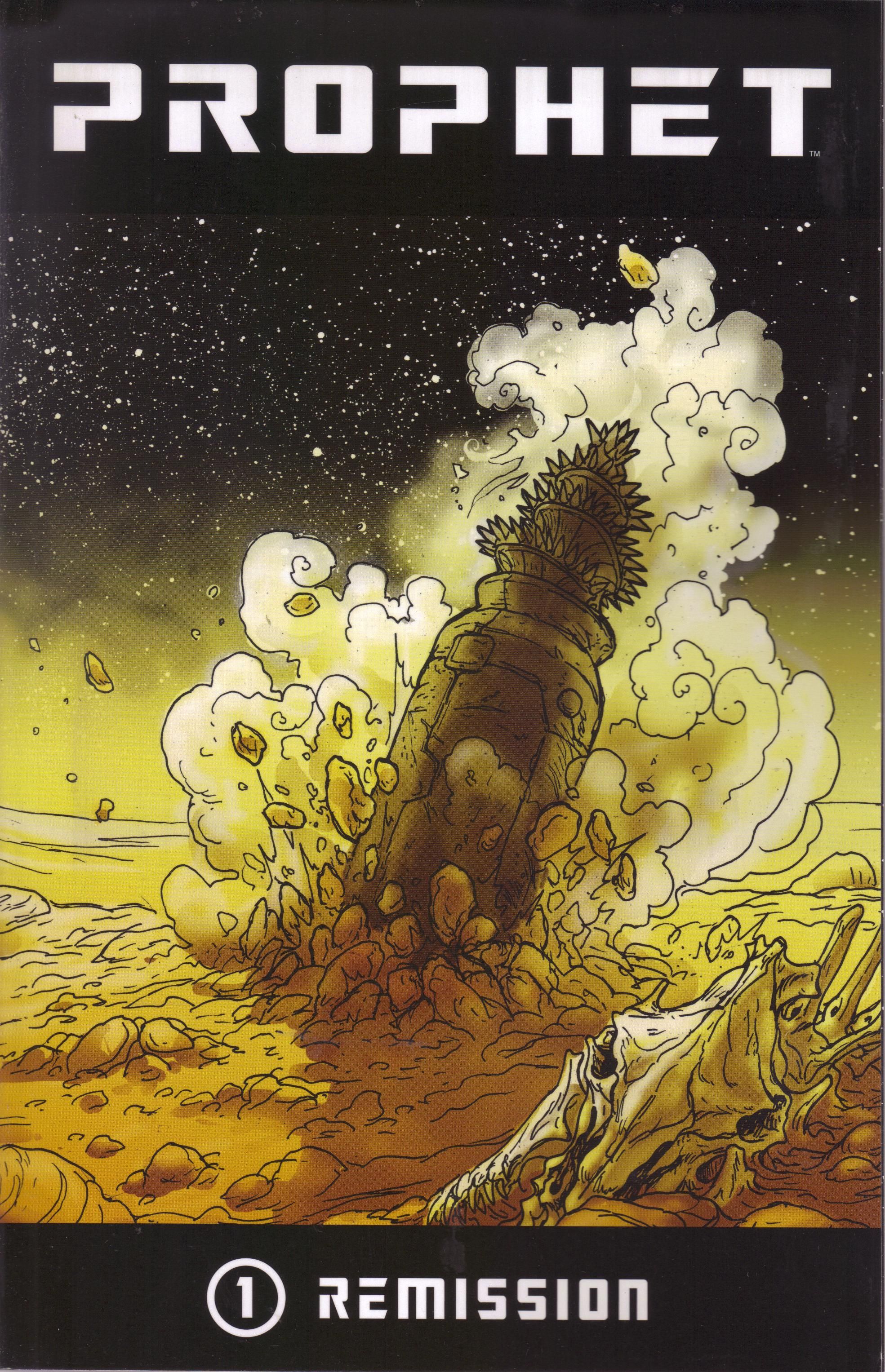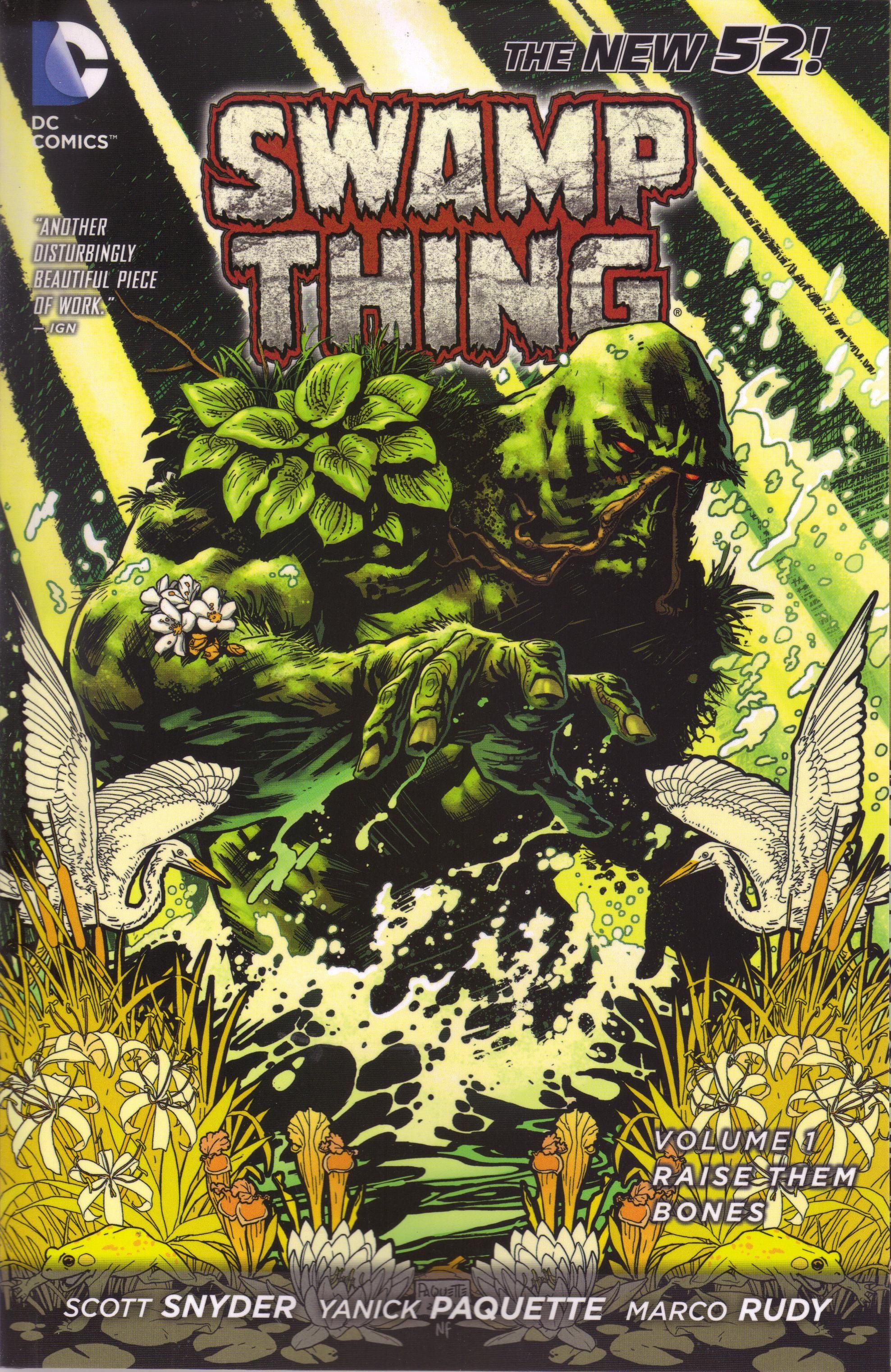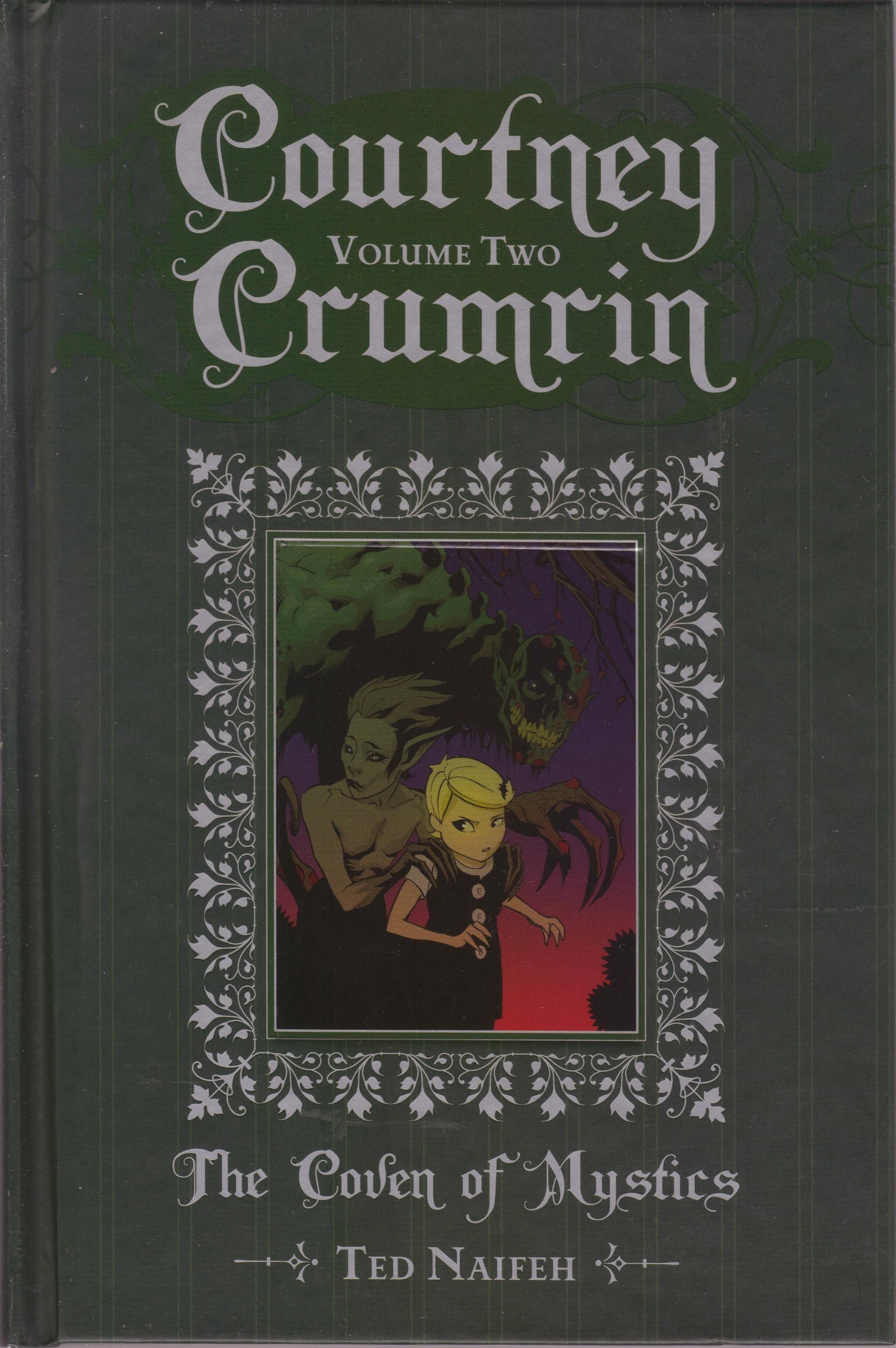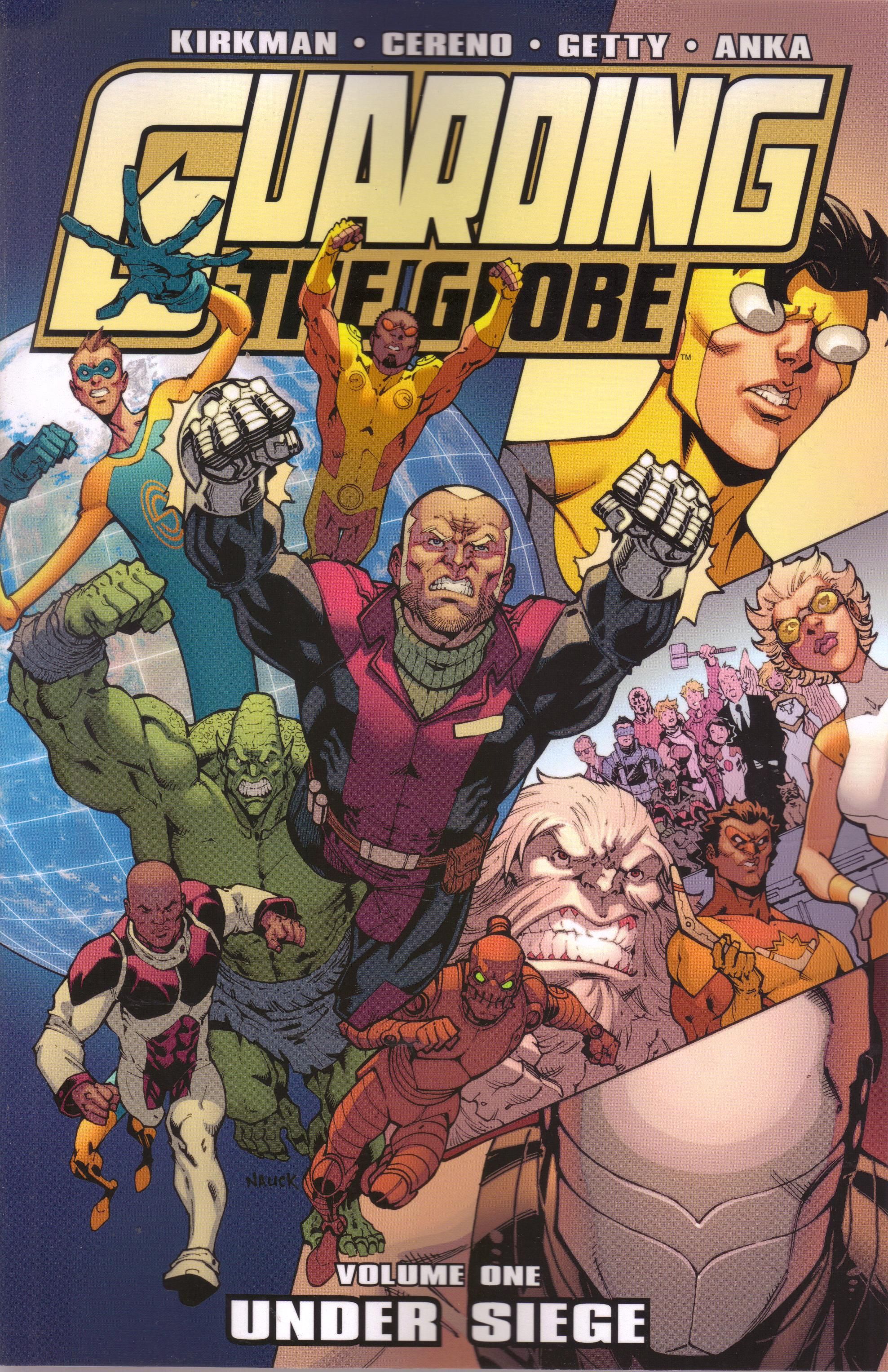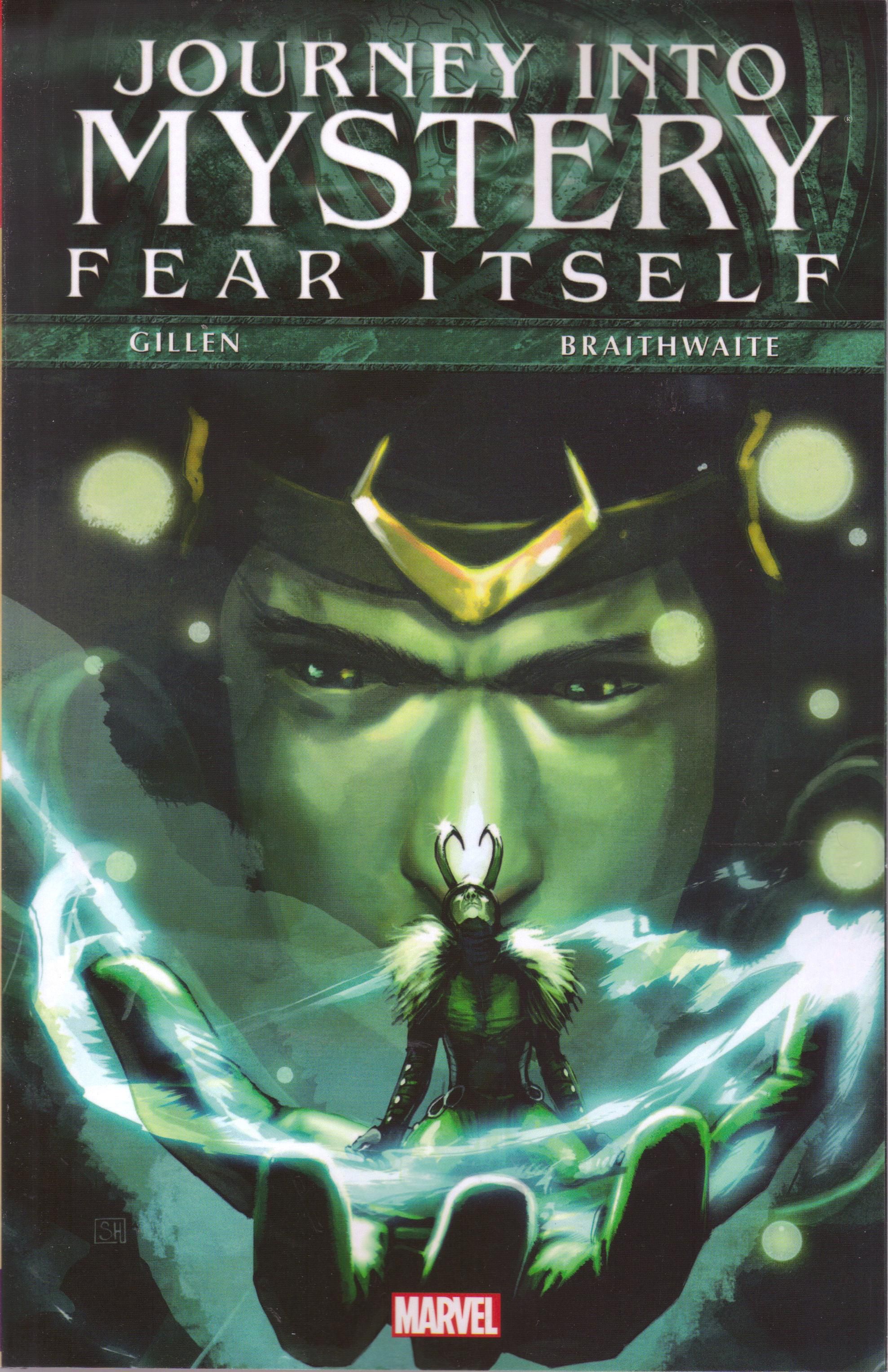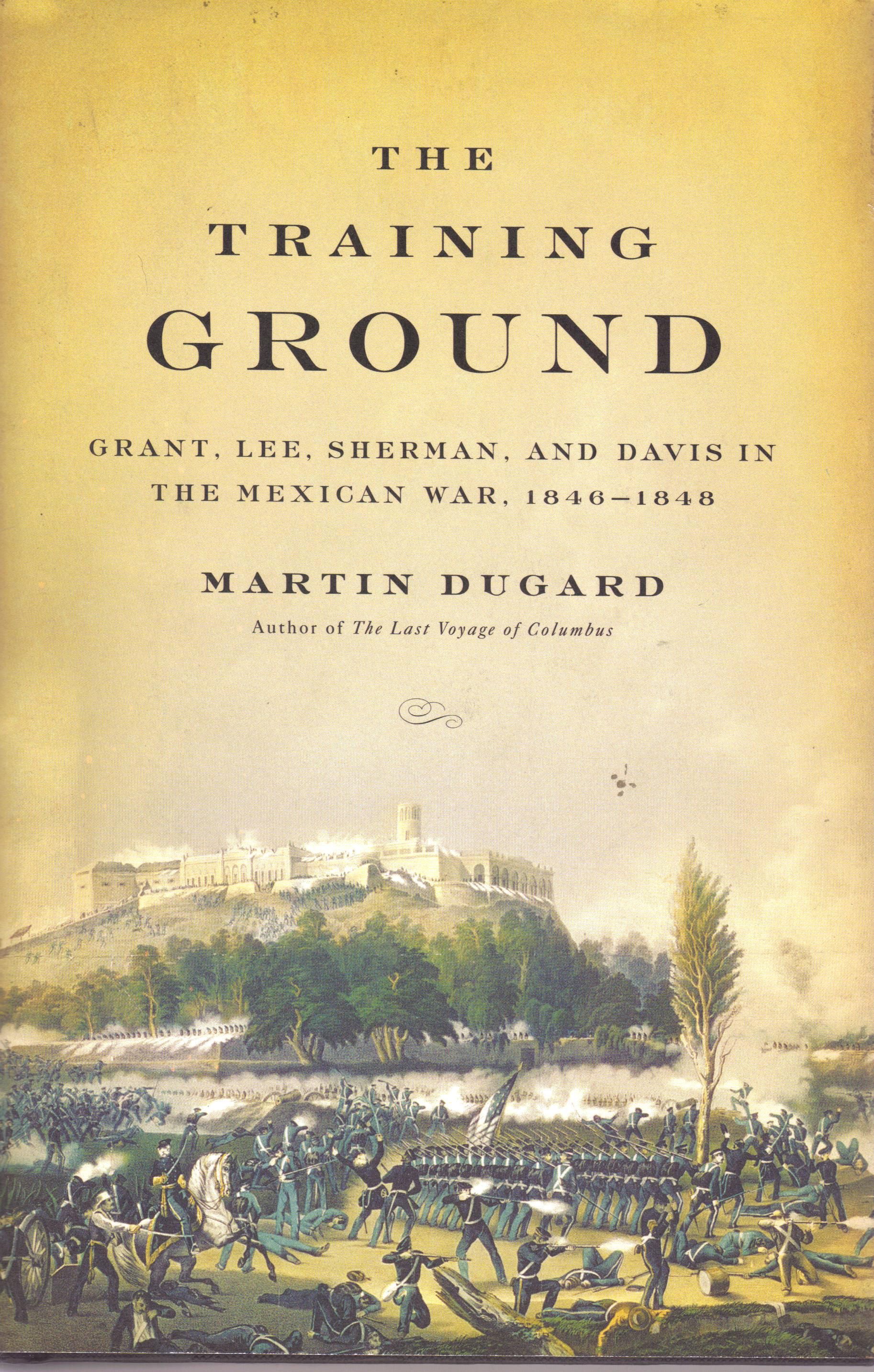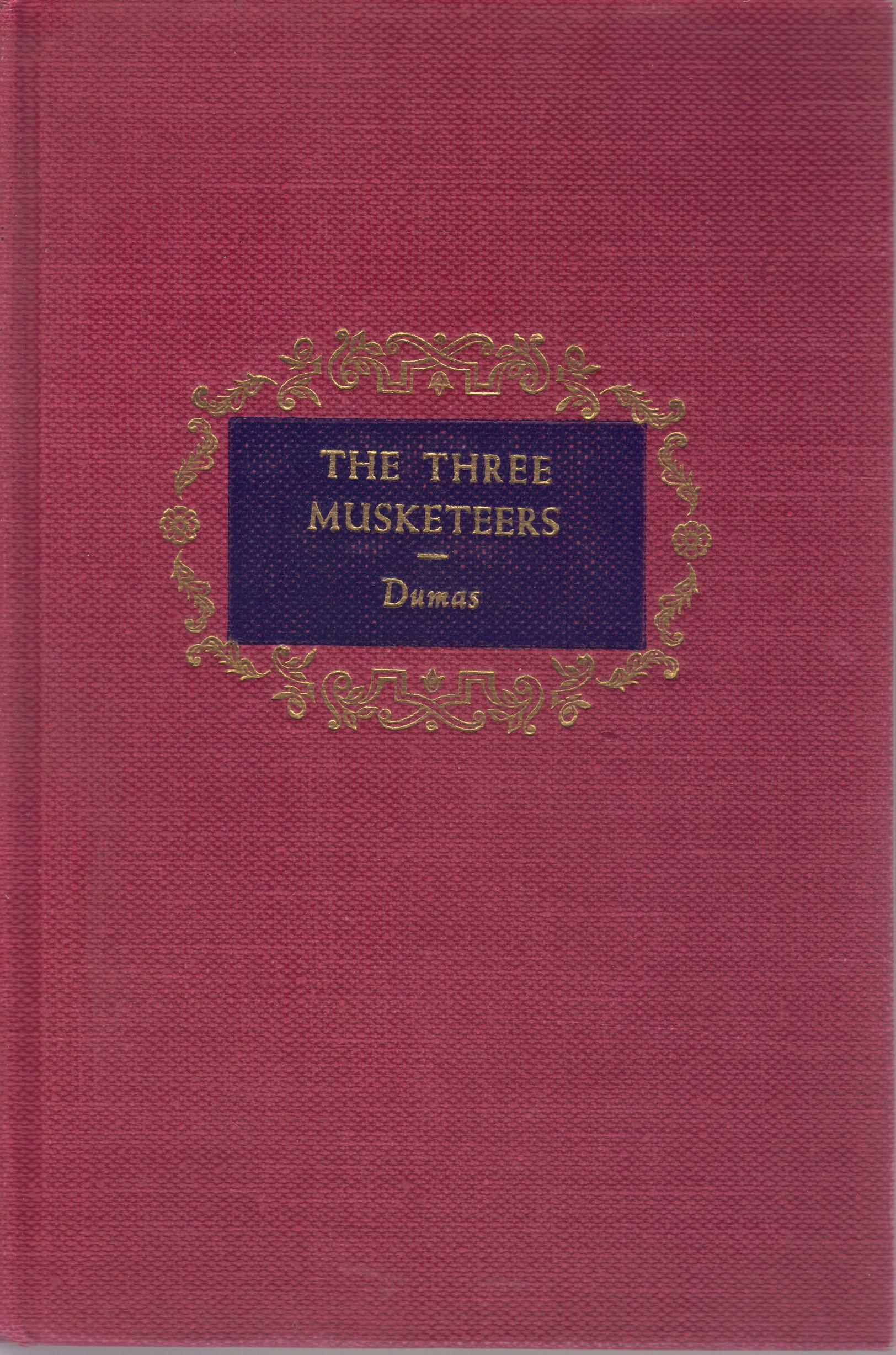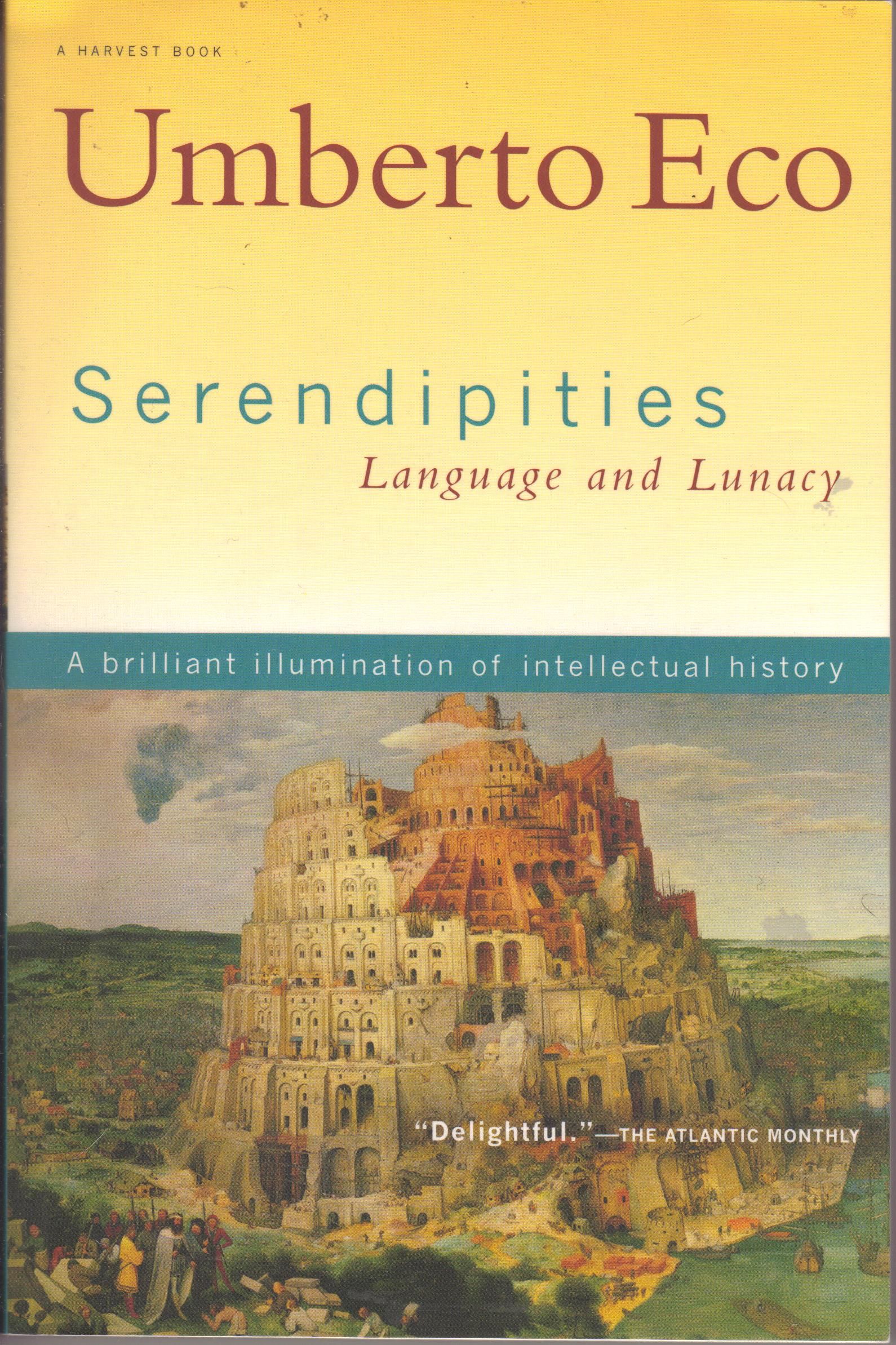I like doing these posts. They're fun!
Grendel Omnibus volume 1: Hunter Rose by Matt Wagner (writer and some art) and a bunch of artists. $24.99, 596 pgs, BWR, Dark Horse.
As I mentioned, the first Grendel Omnibus features almost every Hunter Rose story, and it's very, very good. Wagner allowed the original Devil by the Deed to be recolored in black/white/red, and it looks perfectly fine. The rest of the book was originally presented in this coloring scheme, so of course it looks fine. (I can't be certain about the only story in this collection I haven't read, which is a short PSA - yes, one in which Grendel plays a big, positive role - but as it's from last year - I think - I imagine it was originally presented in B/W/R).
The stories are interesting, because they were written so many years apart (Devil by the Deed is from the 1980s, while the mini-series that follow it were published in this century), so it's fun to see the evolution in Wagner's art, from a very manga-influenced look in the original series to a more American style that nevertheless retains its Asian flavor in Behold the Devil. Plus, there's the fact that Wagner hints at things in Devil by the Deed, which remains a strangely slight comic, that he's able to expand upon in the two anthology series he did for Dark Horse years later, and we get all of that in one volume, so we can see the connections better. The artists are very strong - I'm not going to go through all the artists Wagner recruited, but there's not really a weak one in the bunch, although some are better than others, of course. Wagner fills in a great deal of Hunter Rose's back story, which for years was left blank, and in Behold the Devil, he makes more explicit the idea that "Grendel" is something that possessed Hunter Rose like it did many others in the future, something that Wagner had only hinted at before.
One of the curious things about these Hunter Rose stories is that Hunter Rose himself isn't a terribly good character, which might be why Wagner resisted for so many years to write about him. Rose is a flawless genius, so there's very little tension in these stories when they directly involve him. Many of the stories are either about people who come in contact with him or explanatory stories about how he created his crime empire. The best stories in the two mini-series are about Stacy Palumbo, Hunter's ward, who is damaged when she comes to live with Hunter and who only gets worse under his care. We see glimpses of the insanity that causes her life after Hunter's death to be one horror after another, something we can trace to her daughter, Christine Spar, who becomes Grendel in the first arc of the ongoing series. Hunter Rose is too perfect to be a really good character, which is why, in Behold the Devil, Wagner has to introduce a supernatural element to throw him off his game just a little bit. Wagner and his artists are too good to give us lousy stories, of course, but the lure of the anthology is to see so many good artists take a crack at Wagner's creation and to see the different and fascinating ways Wagner tells a story. It's not surprising that Wagner began the ongoing with Christine Spar, who's a much worse Grendel than Hunter but a far more interesting character.
Even with that, this is a phenomenal collection. Grendel is a superb comic in whatever format Wagner chooses, and it's impressive that he's able to write so many short stories revolving around his character while still creating a rich tapestry about the world Grendel inhabits. If you've never read Grendel before, this is a good place to start. Wagner does give us a few pages in Behold the Devil that show Hunter Rose's legacy, which doesn't spoil anything for those who read the ongoing but does a tiny bit if you haven't read them, so there's that. Other than that, this is a fine place to begin your journey into the dark heart of Grendel. It ain't pretty, but it is good reading!
Rating: ★ ★ ★ ★ ★ ★ ★ ★ ½ ☆
Betrayal of the Planet of the Apes by Corinna Bechko (writer), Gabriel Hardman (writer/artist), Jordie Bellaire (colorist), and Ed Dukeshire (letterer). $14.99, 88 pgs, FC, Boom! Studios.
BotPortA is a decent mini-series, not as good as the regular ongoing, but still pretty good. A lot of this comes from Hardman's art, of course - he's a fine artist and suited very well for this kind of gritty science fiction. These are apes, after all, and while Hardman does a nice job showing that they're well-groomed, they're still covered in hair. Plus, the rough look of the strange, quasi-medieval world the apes inhabit fits Hardman's style very nicely. He does a good job making sure that the "council" - the members of which are all light-haired orangutans - have slightly different hair styles, so we can tell them apart well. Hardman and Bellaire do a fine job with the color palette: there's a lot of blue in the book, which helps imply a cool, civilized tone, and when Aleron goes to prison or when his army is out in the wilderness where the book's central crime takes place, there are more browns to "heat" things up and create a sense of a bit less law and order. It's a very nice look, and it helps convey the mood that Hardman's pencils and his and Bechko's story is going for.
The story is fine, although it's fairly obvious where Bechko and Hardman are going with it. As Ed Brubaker notes in his introduction, this is basically "Dr. Zaius: Year One," but if you've never seen the movies (which I haven't, unless the Tim Burton version counts, but I suspect it doesn't), fret not, because if you just accept that apes run things and that humans can't talk and are treated as pets, you'll be fine. It's a fairly standard murder mystery linked to a "human rights" story - Bechko and Hardman do a nice job introducing some of the divisions within ape culture without being too obnoxious about it. As the "mystery" isn't really one, this is much more a story about Zaius and how he became the villain of the movie and what his motivations are. He's a fairly nuanced character who can't believe that Aleron could kill another ape (which is the mystery - did he really do it?) and believes that ape society should be more democratic, but who also comes to hold hard-line attitudes toward humans even though he knows that humans can be as intelligent and complex as apes. Bechko and Hardman don't quite pull of his transformation completely successfully, but they do a pretty good job.
The series is exciting and well constructed even if it's not all that surprising. The artwork goes a long way toward making this a successful comic, but it's fun to read, too. As I mentioned, it's not as good as the regular series, but it's a fun story. If you like the movies, you might like it more, but I still thought it was a nice read.
Rating: ★ ★ ★ ★ ★ ★ ★ ☆ ☆ ☆
Green Lantern/Green Arrow by Dennis O'Neil (writer), Elliot Maggin (writer), Neal Adams (penciller/inker), Dick Giordano (inker), Frank Giacoia (inker), Dan Adkins (inker), Bernie Wrightson (inker), Cory Adams (colorist), Jack Adler (colorist), John Costanza (letterer), and Joe Letterese (letterer). $29.99, 361 pgs, FC, DC.
There's not much to say about this collection of stories, because they're so famous. Yes, they're a bit ridiculous from the distance of 40 years, but we can still admire that O'Neil actually tried to make comics "relevant," and there's no denying that the art is tremendous. What's interesting about these stories is that O'Neil really did try to show a lot of different kinds of "evil" in the United States - he's obviously very populist, but he still tries to show the many facets of a conflict and different kinds of issues, from racial problems to union problems to land ownership to overpopulation to drug abuse. Of course, the stories are about as subtle as a two-by-four to the back of the head, but that's not really the point. O'Neil has always been a progressive creator, whether as writer or editor (he edited the original Moon Knight, which is a remarkably mature comic for its time), and it's nice to see him so baldly tackling these issues, as ham-fisted as the stories can be, because 40 years later, most mainstream comics still don't deal with these kinds of things. Maybe they shouldn't, of course - it's difficult to inject realism into superhero books and not look stupid - but it's still impressive that O'Neil wrote these. Some of the stories are goofy - the Sinestro story in the middle of the book feels out of place, and as it comes after the heroes' visit to "Maltus," the unsubtle overpopulated planet and its very weird problem - but for the most part, they retain their raw power. Obviously, this is in large part due to Adams' art, which is so good: the image of Hal's drug-addled monstrous construct is fearsome; the rage and despair on Ollie's face after the boy he tried to save in the riot has been pronounced dead; Hal destroying the Ferris plane after Isaac dies; the beautiful three-panel sequence of Ollie accidentally killing the sniper and watching him fall to the ground are all so iconic and powerful that they help O'Neil's overly earnest scripts feel more heart-rending than sappy. Even if the stories feel a bit dated and mawkish, it's still good to own these comics in some form or another, not only because they're so famous but because they are still a wonderful example of creators trying to drag the art form out of the ghetto and show what kinds of stories even superhero comics can tell. That's not bad at all.
(I did find something very hilarious, though. In Green Lantern #83, Carol Ferris re-enters Hal's life and specifically tells him that her fiancé, Jason Belmore, is working at the school at which Dinah Lance just began working. She has no interaction with Belmore at all in the story, and at the end of it, he's still alive. Yet Hal strolls over to Carol at the end of the issue and pledges his love to her, and she just flies off with him. Did O'Neil just forget that he had written that she was engaged to Belmore? I mean, it was 15 pages earlier in the story, after all. In the next issue, Hal is off making time with Carol, so it's not like O'Neil didn't follow up that romantic involvement. It's very weird.)
(Oh, and Guy Gardner has a cameo in this collection. It's bizarre to see him acting nicely and, you know, being a school teacher. I really can't believe that DC has decided that his personality changed due to a traumatic brain injury. It's plausible, certainly, but of course it didn't affect anything else about him, including anything physical. Man.)
Rating: ★ ★ ★ ★ ★ ★ ★ ½ ☆ ☆
The Manara Library volume 3 by Milo Manara (writer/artist), Federico Fellini (story, "Trip to Tulum" and "The Journey of G. Mastorna a.k.a. Fernet"), Silverio Pisu (scripter, "The Ape"), Kim Thompson (translator), Tom Orzechowski (letterer), and Lois Buhalis (letterer). $59.99, 266 pgs, BW (with some FC), Dark Horse.
In the preface to this edition, I learned that Dino De Laurentiis wanted Fellini to direct Flash Gordon in 1980. Let that sink in for a while.
Dark Horse's series of Manara comics is probably something only a hard-core fan with lots of disposable income could love, because if you skip Manara's artwork, very little of the writing on the comics is all that great. Maybe it's the translations, but I haven't loved any of the actual writing in three volumes of this series. I keep getting them because I love Manara's artwork, and this volume features the best of it yet. Unfettered by concerns of realism, he goes a bit nuts, and with the exception of some unfortunate stereotypically racist depictions of black men in "The Ape" (obviously, it was never okay, but after about 1950, when people started to realize that maybe treating other races as less than human wasn't a good idea, no one reputable should draw black men like racist cartoons, especially if they're not trying to make any kind of social point, like Kevin O'Neill in LoEG), the art in this volume is beautiful. (I'm bothered by the cartoonish racism, even though the men only show up in a few panels. I can't figure out why Manara and/or Pisu would draw people that way. They mock other characters in "The Ape" with reckless abandon, but none of those people are drawn as deliberate racist stereotypes. I don't quite get it.)
The stories don't really matter, because they're either short tales with minor themes and "twists" or they're the two longer ones, "Trip to Tulum" and "The Ape," which both deal in more metaphysical stuff than plot. "Trip to Tulum" is utterly gorgeous, as Fellini and Manara send their characters into wild dreamscapes and mystical places on a mission to ... well, it's basically New Age wackiness, but the story is all about the journey, not the destination. Meanwhile, "The Ape" is about a magic ape who runs around various heavens and strange lands causing all kinds of trouble before Buddha takes care of him. I honestly don't get it. Manara's artwork is far rougher in "The Ape" then elsewhere, but it's often still wonderful. In the shorter stories, the art is lovely, as Manara zooms from the destruction of the Berlin Wall to John Lennon's entrance into Heaven to Salomé dancing her sexy dance in order to get John the Baptist's head.
The previous volumes of this series have featured stories with plots, and if anyone was expecting more of the same, you're not going to get it. This is mainly an artistic tour-de-force, and Manara is amazing. I'm depressed about the racial stereotypes, but I don't know if Pisu and Manara are using it for some reason I can't fathom. I don't know if anyone knows the context better than I do, but if they do, I'd be happy to hear it.
Rating: ★ ★ ★ ★ ★ ★ ½ ☆ ☆ ☆
Uncanny X-Force: The Dark Angel Saga Book 2 by Rick Remender (writer), Jerome Opeña (artist), Esad Ribic (artist), Robbi Rodriguez (artist), Dean White (colorist), José Villarrubia (colorist), Chris Sotomayor (colorist), James Campbell (colorist), and Cory Petit (letterer). $19.99, 124 pgs, FC, Marvel.
Uncanny X-Force is one of those comics that started off so well that it's been either coasting on that first arc or living in its shadow ever since. It didn't help that Marvel's idiotic policy of double-shipping meant that Jerome Opeña didn't stay on the book after the first arc and then the artistic merry-go-round began, but with the second half of the "Dark Angel Saga," Opeña is back on art and all is well in the world, right?
Well, not quite. This is certainly better than "Book 1" of the "Dark Angel Saga," but that trade (which contained some other stories as well as the first part of Angel's "ascension" into Apocalypse) was not terribly good, so it's not like "Book 2" has a lot to overcome. Remender has always been a writer who can't seem to keep up momentum after a tremendous beginning (I still like the later issues of Fear Agent, but they don't stand up to the first few issues), and I wonder if he's just not cut out for a long ongoing. Does he get bored? Does he have only one good idea and shoot his wad too quickly? I don't know. The idea of Apocalypse being resurrected in the body of a boy and the team debating over whether they should shoot him in the head was a very good one (and parallels the famous time travel conundrum of whether or not you kill Hitler when he's a kid but without actually bringing in Nazis), and perhaps Remender doesn't have much else to say but doesn't want to bail on a popular title. Beats me. The book has become a bit stale, however, with the characters circling around each other and falling into the same stereotypes endlessly - Wolverine is the tough guy who doesn't want Betsy to turn into a killer like him; Betsy moons over Warren even though it appears that they don't really have much of a relationship (the Betsy-Warren pairing, which Peter Milligan first proposed, has to be one of the weakest love stories in X-book history); Warren acts like a douchebag because he's turning into Apocalypse; Fantomex moons after Betsy for no good reason except she's the only female on the team and he's not gay; Wade Wilson is a fool; Deathlok gets defeated off-panel with stunning regularity. You could make the point that Remender doesn't need to develop the characters because they're already so well known, but if you're going to write a comic where Warren and Betsy's romance is a crux of the plot, you need to make it clearer that they actually, you know, like each other. Just having characters say it doesn't make it so. Remender has tried a bit to make their romance more believable, but like a lot of superhero comics these days, it seems like he's fallen into the trap of "pedal-to-the-medal" storytelling - have you noticed that very few superhero comics these days take a breath? I mean, we might get a page or two of quiet moments between characters, but it's rare to get even half an issue of characters just talking to each other. One of the reasons I appreciate Avengers Academy (and one of the things I will miss when it gets the ax) is that Gage does spend some time with characters simply talking to each other. I don't know why more writers don't do that sort of thing, because it really would help us care more about what happens to them. Remender is a pretty good writer, but dialogue is probably the hardest thing to do as a writer, so maybe he's just not confident in his ability to make the characters sound like actual human beings rather than action movie or romance movie clichés. You'll notice that when the characters do talk to each other without indulging in exposition, they sound like a witty writer wrote their lines rather than something an actual person would say - it's all perfect quips and beautiful heartfelt speeches, and it doesn't make them seem real at all. It's not that the book isn't fun to read - Remender and the others who engage in this frantic storytelling are usually entertaining - but it feels hollow. With the proliferation of books, the lack of new characters, and the speed of the scheduling, even something "fake" like Warren's death (yes, Warren "dies" in this trade) - "fake" as in we know he's not going to stay dead, because he's an IP - becomes more meaningless. Even if Remender wanted to "kill" Warren and give him some kind of break from comics before bringing him back, I doubt if Marvel would let him, because he'd be needed somewhere. I remain stunned that Jean Grey is still dead, but that's probably because her resurrections had become a joke. Every other character is killed and brought back with such stunning speed that the fact that Warren remained dead for an entire page in this trade is surprising.
The point is that this becomes a relentless comic, one that you might not be able to put down but you wish you could, because it's so exhausting reading it. Angel is trying to become Apocalypse, and X-Force is trying to stop him. As we've been building to this the entire series, Remender has no need to explain too much, so the arc becomes 5 issues of the good guys and bad guys beating the shit out of each other. Remender brings in some characters from the Age of Apocalypse (in the previous trade, X-Force had to go to that dimension for a "life seed," which could be used against Archangel) mainly so he could kill some characters without worrying about ramifications in the "real" Marvel U. So the book becomes a string of violent fights, made more ridiculous by the fact that several characters are unkillable. Remender wants this to be a tough-guy comic, but when so many of your characters can heal speedily from wounds, it's just silly (of course, one character without super-healing - Betsy - gets clobbered on the back of the head by the Blob and not only doesn't die, but doesn't have any head injuries, so having advanced healing powers isn't even necessary in this book). The book is just page after page of characters brutally maiming each other with no ill effects, and it gets boring after awhile. But, like I said, the pace is so full-throttle that it's tough to put down, but none of it really registers.
But what about Opeña? Does his art elevate the subject matter at all? Well, a bit. Opeña is a very good artist, so the layouts of the pages are inventive and interesting, and he certainly knows how to stage a fight. The problem is with Dean White, the stalwart colorist of the comic. White (under orders?) has tried to keep the visual consistency of the comic, and so far, he's succeeded (I'm not sure about the latest issues). However, that means White is the dominant artist, and in this trade, he almost overwhelms Opeña's pencils. If you look a the first arc, you see more of Opeña's strong line work blended well with White's softer colors. The initial arc of the book was 4 issues long and came out over 4 months, while issues #14-18, which feature Opeña's artwork (and are the first five issues of this trade), also came out once a month (this is according to the Grand Comics Database). So it's not that the schedule was sped up too much for Opeña, but perhaps 5 issues in a row is a bit much for him. Whatever the reason, the art on this arc is softer in general than the initial arc, and it's weaker for it. It's obviously not bad, but I wonder if White, in trying to make every artist more similar to Opeña, has made Opeña more like the other artists, taking away a bit of what makes Opeña's art so strong. The coloring is extremely over-rendered, and while that might help a weaker artist, it actually hurts Opeña's work. It's too bad.
I've heard terrible things about the next arc, especially with regard to Greg Tocchini's artwork. That's too bad, because Tocchini is pretty good, but I guess he just didn't bring it on the "Otherworld" story. I will probably check it out, but I worry, less about the artwork and more about the fact that Remender seems to have lost his way a bit. We shall see.
Rating: ★ ★ ★ ★ ★ ★ ☆ ☆ ☆ ☆
Prophet volume 1: Remission by Brandon Graham (writer/artist/colorist), Simon Roy (artist), Farel Dalrymple (artist), Giannis Milonogiannis (artist), Richard Ballerman (colorist), Joseph Bergin III (colorist), Emma Rios (back-up story writer/artist), and Ed Brisson (letterer). $9.99, 132 pgs, FC, Image.
Man, Prophet is a weird-ass book. But it's damned cool, too.
I don't know anything about the previous incarnation of Prophet, so I came to this completely cold. Graham does a fine job re-establishing the character, though, and while I imagine some of this volume contains nods and winks to the previous series, I followed along perfectly well. Basically, the first three issues form one short story, in which John Prophet awakes on "old Earth" and is tasked with reaching a tower that stretches into space, up which he will climb to a satellite which will somehow, when activated, awaken the Earth Empire. What this means, exactly, is unclear, although in this volume, we find out it means that hundreds of John Prophet clones across the galaxy wake up and start performing tasks. The final three issues of the trade deal with newly-awakened clones carrying through their missions, all of which will presumably link to the larger story of the series overall. In the final story, Graham throws in a nice twist that, I imagine, will drive the engine of the series for some time.
It's very hard to describe how weird and cool this book is. Graham obviously has a tremendously fertile imagination, so we get a lot of weird aliens and situations - the Earth has been colonized by a lot of oddball creatures, and out in space we find giant continent-sized spaceships built to look like humans, a "brainrock" that is somehow sentient but is trying to turn itself into a planet, and all sorts of living weapons. It feels a bit like Orc Stain in that all sorts of weird things are alive, but I don't care about that similarity too much - if we can have 22 Batman books, we can have two oddball comics where creatures use living weapons. Graham never allows the weirdness to overwhelm the actual plots - Prophet's mission in issues #1-3 (yes, okay, #21-23) is simple, as are the ones in the standalone stories that follow - and it's nice that he's able to blend some classic storytelling with all these strange things. Honestly, the only confusing part of the book is Rios' back-up story, despite the absolute gorgeous artwork. Prophet gets some eggs, but Rios' layouts are weird and I'm not sure why Prophet needs the eggs anyway. But it's only a few pages long, so no worries.
Graham is ably abetted by his artists. I've never been a huge fan of Simon Roy, but he's getting better, and his Guy Davis-lite pencil work is suited for the strange world Earth has become. I'm not sure why so many living thing have six legs, but Roy does a really nice job with the designs of both the sentient aliens and the various creatures that Prophet encounters. Dalrymple's more formal line work is suited for the story in which a clone of Prophet must navigate through a long-dead spaceship, and Graham's own sensuous artwork helps turn the world in issue #5 into a fructifying yet bizarre paradise. Milonogiannis has a harder edge to his work, so the final story is a good one for him, as it's easily the harshest one in the book. Graham apparently planned this out fairly well, creating the stories (each artist contributed to the story as well) to fit the artists' strengths and giving Roy, who I guess is the "main artist," time to get it right. In this way, this comic stands in marked contrast to X-Force. On that comic, Dean White is either told by editorial or decided on his own to minimize the differences between artists (this is probably an editorial decision, but I don't know) so that readers don't get upset by anything out of the ordinary. On Prophet, Graham embraces his artists' differences and writes stories that fit their sensibilities. Is it any wonder that creators are abandoning Marvel to work on creator-owned comics? Graham and his collaborators don't insult the readers' intelligence by trying to give the issues a "consistent" look. They know that artists look different, and so they come up with stories that fit into a bigger scheme, obviously, but also work as shorter stories, each with its own unique style. It's quite refreshing.
Okay, I'm done ranting, and I'll get back to telling you that you should check out Prophet. It's 10 dollars for 6 issues, it's a fun, exciting, bizarre science fiction book, and it features both cool writing and art. Don't be afraid of the strangeness!
Rating: ★ ★ ★ ★ ★ ★ ★ ★ ½ ☆
Swamp Thing volume 1: Raise Them Bones by Scott Snyder (writer), Yanick Paquette (artist), Marco Rudy (artist), Victor Ibañez (artist), Sean Parsons (inker), Michel Lacombe (inker), Nathan Fairbairn (colorist), David Baron (colorist), Val Staples (colorist), Lee Loughridge (colorist), John J. Hill (letterer), and Travis Lanham (letterer). $14.99, 142 pgs, FC, DC.
The DCnU books that have been getting the most love includes Swamp Thing, and as I enjoyed the first issue, naturally I wanted to get caught up with the whole thing. I was a bit wary after being disappointed by Animal Man, because I knew that the two books were moving toward a crossover, but I figured I'd still give it a shot. I mean, why not, right?
DC did a smart thing putting Paquette on this book, because Paquette has become a top-tier artist and he's allowed to experiment a bit more on this comic than he might be on others. Swamp Thing is a Gothic horror book, for the most part, and Paquette gives us wonderful scenes of horror along with beautifully fecund pages of the "Green." His layouts are amazing - he does double-page spreads with vegetative panel borders swirling across the page and leading us all over without ever losing the focus or confusing the reader. He and Fairbairn make a great team, as the coloring in this comic is superb as well, with greens and yellows dominating the pages, which links to the horrific fire that destroys the Parliament of Trees in the latter part of the book and contrasting nicely with the deep blues that show up when Abby is on the scene, as she represents the darkness of death. It's fascinating comparing Paquette's work with Ibañez's and Rudy's. Ibañez draws half of one issue, switching with Paquette in issue #3, as Paquette draws the Alec/Abby scenes while Ibañez draws the scenes with William in the hospital. Fairbairn colors the entire issue (both artists ink themselves), and while the art looks similar, we can see that Ibañez's lines are a bit weaker than Paquette's. Rudy draws issues #4 and 6, and in the first issue, he inks a few pages himself while Parsons and Lacombe take care of the rest. Rudy is another good artist with a weaker line than Paquette's, and while his layouts ape Paquette's very well, he doesn't do quite as well with the horror aspects of the book. In issue #6, he inks himself, and the comic looks better, as Rudy appears to be channeling Steve Bissette a bit with his artwork. Staples and Loughridge give the book a bit more of a harsher look (of course, that's a function of what's going on in the issue, as well), and the artwork is noticeably better than issue #4. Overall, the visual aspect of the comic is remarkably consistent, and while I'm a bit annoyed with DC's obsession with keeping everything coming out like clockwork, if they're going to do that, they have to try to do what Marvel's doing and get artists who can be flexible enough to resemble the "main" artist or, like with Prophet (and Animal Man, with the John Paul Leon issue), do issues that are single-issue stories that feature a different kind of artist.
So, artistically, the book runs the gamut from absolutely beautiful to pretty good. Snyder's story isn't bad, but he uses fairly typical horror tropes in it. Snyder tries to pull an Alan Moore-style retcon, and it's fine, I guess, but after so many other writers have pulled rabbits out of their hats, it's hard to be too impressed with the way Snyder explains how Alec Holland is back and walking around. Ultimately, this is a superhero comic dressed up as horror - Swamp Thing is a champion of the Green, he discovers that there's a champion of the "Rot" - everything dead in the world - who wants to destroy all life, and he has to fight it, blah blah blah. It's not that it's a bad story, but I did chuckle when Alec's predecessor said "he [the agent of the Rot] is the enemy Swamp Thing was born to defend the Green against." I mean, really? That's just a silly line. The entire trade is about how Alec needs to become Swamp Thing but doesn't want to, until, of course, he does. What changes his mind? If you said he's got the hots for a foxy woman ... well, you've read fiction before. Congratulations!
I don't know - little things bugged me about this comic. I mean, William lives in a plastic bubble because exposure to chlorophyll will kill him, yet he takes off his gas mask to have a milk shake? Alec manages to capture him in a tree and William doesn't die even though he claims he will? Was William really allergic to chlorophyll? Alec manages to capture William in a tree and then ignores him to mack with Abby? Snyder doesn't seem to understand that "Death Valley" doesn't mean that life doesn't exist there. He also rips off the Invunche, as William's slaves get their heads twisted around in a similar manner. Oh, and Mark Millar already destroyed the Parliament of Trees. You'd think someone would have mentioned that.
I certainly didn't hate this comic, and so far, it's probably the best DCnU trade I've read (it's a bit better than Frankenstein: Agent of S.H.A.D.E.). I don't know if that speaks volumes about the quality of the DCnU, that something like this, which uses its wonderful artwork to paper over some of the dumber aspects of the writing, is one of the best comics they have right now, but I haven't read enough to know. I just don't think of Swamp Thing as an esoteric superhero, and it seems like that's where this is going - I will get the next trade, so I suppose I'll see what's what then. Snyder, like a lot of comics writers (and a lot of writers in general, to be fair), seems to be a fairly good "idea" guy, but the nuts and bolts of writing elude them (and, of course, this idea isn't even that good). There's no reason to indulge in some of the clichés that Snyder does, yet he does so cheerfully. It's frustrating. Oh well.
Rating: ★ ★ ★ ★ ★ ★ ★ ½ ☆ ☆
Courtney Crumrin volume 2: The Coven of Mystics by Ted Naifeh (writer/artist) and Warren Wucinich (colorist). $24.99, 130 pgs, FC, Oni Press.
Naifeh's Courtney Crumrin is a fine horror series that's been around for a decade, but which I only recently got into when Oni started publishing nice hardcover versions, newly colored by Wucinich. I don't know if the black-and-white versions are any better, but the coloring is nice and muted, and I think the bloody and eerie red of the evil hobgoblin is very cool. Anyway, both mini-series I've read so far are a bit scary for kids, but not too bad, I don't think. I haven't let my 7-year-old read them yet, in other words, but that's more because I'm not positive she would understand the series more than I think she'd be terrified by it.
Courtney lives with her uncle, Aloysius (her parents are around, but we hardly ever see them), in a strange town full of witches and warlocks and other supernatural things. In this series, she finds out that someone has called up a hobgoblin that kills a family in a particularly nasty fashion. That seems for a time to be a sideshow to the main plot, in which a witch is apparently betrayed by her familiar, a human who was raised in the fairy realm but returned to our world because he was devoted to the witch. Courtney knows that Skarrow - the familiar - is being scapegoated, and she takes it on herself to discover what's really going on. It's a rather pedestrian plot of "cui bono?" when it's all said and done, but Naifeh's storytelling makes it a very nice little story. He has a cartoony art style that helps both lessen the impact of the weirdness Courtney experiences but also makes specific things - such as the hobgoblin - more horrific, and he has a good handle on Courtney's personality. She's kind of a brat, but she also has a fierce sense of right and wrong and is able to learn from her mistakes, so even though she does things that make her unsympathetic, she also is a good character to follow because she grows throughout the series.
Naifeh doesn't pull punches, either, which is nice. The hobgoblin is very nasty, and the council of witches does have a long reach and can turn the community against Skarrow, even though he's innocent. The story takes some dark turns, but it's interesting that Naifeh does it so we can see Courtney learn that the world is a bleak place but there's also room for justice. She remains hopeful even though bad things happen around her. The book has a "happy" ending, to a degree, but Naifeh is very good at showing that perhaps we don't always get pure happy endings even though justice prevails. I'm glad that he resists making this book all sunshine and flowers even while Courtney stays optimistic.
I'm glad that Oni is releasing these mini-series - they're publishing a Courtney Crumrin ongoing right now, and this is a good chance to catch up. I'd recommend getting both collections, but so far, they stand pretty much as complete stories, so you could even just pick one and see what's what!
Rating: ★ ★ ★ ★ ★ ★ ★ ★ ☆ ☆
Guarding the Globe volume 1: Under Siege by Robert Kirkman (writer), Benito Cereno (writer), Ransom Getty (penciler/inker), Kris Anka (penciler/inker), Cliff Rathburn (inker), Jonathan Glapion (inker), Russell Jackson (inker), Fco Plascencia (colorist), Ron Riley (colorist), Thomas Mason (colorist), Rex Stabbs (color assistant), and Rus Wooton (letterer). $16.99, 125 pgs, FC, Image/Skybound.
I didn't expect much from this book - I ordered it when I was still reading Invincible, but I've cooled on that series, but it took so long from the solicitation to the actual publication of this series that I pre-ordered when I still thought I'd enjoy it - and I didn't really get much from it, so I guess that's that. I will say that I continue to be impressed by the sheer number of superheroes Kirkman invents - yes, a lot of them are similar to ones that have already been invented, but he still comes up with them, and his artists (in this case, it seems like it's Cory Walker) do a really nice job with the designs. I like reading Kirkman's superhero books partly because it's fun to see all the characters he can come up with.
Ultimately, though, this is a pretty mediocre superhero book. After the deaths of many of the original Guardians of the Globe (Kirkman couldn't call the book that because Marvel got all pissy), Invincible's liaison at the Pentagon, Cecil Stedman, decides to create a larger team of heroes from all over the planet (not a bad idea, as he wants to avoid looking like a tool of the American government). Meanwhile, a villain called Set is collecting bad guys to form his own superteam. Yes, you're right - it's not the most original concept. One thing Kirkman and his collaborators have always been able to do well, however, is do superhero action that has consequences, which means lots of death (of random civilians, true, but still). Kirkman doesn't shy away from showing that superpeople fighting each other would be really, really bad news for non-superpowered people.
Anyway, Set and "the Order" are more clever than the Guardians, and they're far more focused. The Guardians have all sorts of issues, and they can't keep up with the Order, until Set destroys Paris. Then we get a big fight, and the book ends ... well, I don't want to spoil it, but it's a massive disappointment. I get that Kirkman and Cereno are setting up the ongoing series, which has now launched (apparently the first issue ships in September), but the way the Guardians defeat Set is so stupid and meaningless that I actually got angry about it. It's probably more stupid because it's unexplained (the explanation, presumably, will be forthcoming in the regular series), but that doesn't count, because this was sold as a mini-series, and for the writers to end it this way is dishonest and makes me even less likely to pick up a trade of the ongoing (I wasn't really planning on it, given that in the past year or so I've gotten less interested even in the Invincible-verse, but still). Prior to the ending, this book was a fairly entertaining superhero comic. The ending made it an insult to people who stayed with it for the first five issues.
Getty isn't bad, although his work varies based on who's inking him (the trade actually breaks down which pages get inked by which inkers, because apparently Getty couldn't keep up a schedule). Anka's work on issue #6 is more cartoony, which doesn't do the drama any favors, especially the "dramatic" way the Guardians defeat Set. But the art really isn't an issue with this book.
I suppose if you're interested in the ongoing (which is written by Phil Hester and drawn by Todd Nauck), you might want to pick this up. As a discrete unit, though, it's very disappointing. Oh well.
Rating: ★ ★ ★ ★ ★ ☆ ☆ ☆ ☆ ☆
Journey into Mystery volume 1: Fear Itself by Kieron Gillen (writer), Doug Braithwaite (penciler), Ulises Arreola (colorist), Andy Troy (colorist), and Clayton Cowles (letterer). $15.99, 104 pgs, FC, Marvel.
Speaking of trades with disappointing endings, are you fucking kidding me? This entire trade (which collects Journey into Mystery #622-626) is about Loki setting up his grand scheme to save Asgard from the Serpent during Fear Itself. Now, mind you, it's not actually about the way Loki's scheme pans out, because it ends with Loki having assembled everything he needs and saying, basically, "Let's get it on!" I am, however, a bit less pissed off about this than I am about Guarding the Globe, for some very good reasons.
First, it's just better. Gillen is a very good writer, and when he's working on a comic that Marvel doesn't really care about and therefore leaves him alone, he can produce very good-to-excellent comics (see: S.W.O.R.D., Generation Hope). Nobody really thought he'd do much with Thor, and he did. Then Fraction got the "main" Thor title, but because Marvel apparently can never just cancel a title, they turned JiM over to Gillen, who turned it into The Adventure of Teenaged Loki. Gillen's wry sense of humor is actually perfect for a snot-nosed bastard like Loki, so the character's voice fits him quite well. Plus, Loki's scheme is complex but not too complicated, and Gillen sells it well.
Second, I knew going in that this was an ongoing, so the chance that Gillen wouldn't resolve everything in this trade was always there. I do wish he had, but I'm already committed to getting his entire run on the title, so I'm not too put out by it. There's a difference between promising a mini-series and promising the first trade of an ongoing, and while I'm dumb, I'm not that dumb that I can't see it. So I can live with this non-ending because I already knew that the book continued past this point.
It's a pretty clever story, as no one trusts Loki and he uses that to his advantage. He's a much more interesting character than the adult Loki, mainly because he's been reborn and doesn't really know everything that adult Loki did, so Gillen shows him learning as he goes, both in good ways and bad ways. It's a nice way to re-introduce the character and make him a bit more sympathetic than he used to be - I've always hated the fact that anyone anywhere trusts Loki, but in this book, it really is a bit more confused than normal, because no one knows if Loki remembers what a scumbag he was. Gillen does a good job selling that. I've never been a huge fan of Braithwaite's art, but he gets the job done, I suppose - at least he draws things (I hated one page in this book - the smoke around Surtur has been Photoshopped in, and it makes a dramatic page look stupid). The best thing I can say about the art is that it doesn't get in the way. Sometimes that's enough.
I still question why Marvel took so long to release this in a softcover trade and why they're releasing one trade a month for the next four months, but as for the quality of the comic, that's not really in question. I look forward to reading more of Loki's adventures as written by Gillen, and I guess I only have three weeks to wait!
Rating: ★ ★ ★ ★ ★ ★ ★ ½ ☆ ☆
The Training Ground: Grant, Lee, Sherman, and Davis In The Mexican War, 1846-1848 by Martin Dugard. 446 pgs, Little, Brown and Company, 2008.
I haven't read very much about the Mexican War, so I was glad to read this, even though Dugard writes that it's not really a history of the war, but of some of the specific people involved in the war. That's true - he gives us a nice map of the theaters of war, then proceeds to ignore most of them so he can write about the soldiers who would later fight in the Civil War (which, to be fair, is right there in the title, so readers shouldn't expect much else). But those characters he's writing about were so instrumental in the United States' victory that this is a pretty good history of the war.
Robert E. Lee and Sam Grant* are the two stars of the book, with Lee actually taking most of the acclaim, because he was a very fine soldier in the war (Grant was a quartermaster for a good amount of the war, but in a time when supplying an army was very difficult, he was very good at his job and gained some acclaim that way, but not as much as Lee). Jefferson Davis is another hero of the book - Davis resigned from Congress so he could lead a volunteer group - the 1st Mississippi - to the war, and his volunteers were among the very few of those groups that gained the respect of the regular army. Oddly enough, Sherman, although he's in the title, plays almost no role in the book - he was sent to California and spent most of the war hanging out in San Francisco (or Yerba Buena, as it was called then). His most worthwhile part of the war is that he was one of the first people to hear about gold at Sutter's Mill, which of course turned California into the mecca it remains, even today. I suppose that as one of the biggest names in the Civil War, Dugard felt he deserved to be in the title, even though he doesn't play a big role in the war or in the book.
(* Grant's given name was Hiram Ulysses Grant. When he enrolled at West Point, the congressman who sponsored him assumed that "Ulysses" was his first name, because he went by "Lyss." The man also assumed that the family had followed the tradition of giving him his mother's maiden name - Simpson - as a middle name, so he wrote down Ulysses S. Grant. Officials refused to change it even though Grant told them what his real name was. When classmates saw "U. S. Grant," they called him "Uncle Sam Grant," which was later shortened to Sam. In other name-related trivia, Sherman's actual first name was "Tecumseh" - like many settlers living in Ohio at the time, his father admired the Indian warrior even though the Americans were trying to kill him. When his father died, Tecumseh Sherman was sent to live with evangelical relatives, who were not fond of the fact that he was named after a heathen and insisted that he be baptized as "William." Good times in the 19th century!)
The book is a fine popular history book - Dugard doesn't get too deep into the war, but he covers everything he needs to. It's interesting to read about the way the army was put together, how cadets went through West Point, and the build-up to the war, from the Texas problem to James Polk's political problems. Dugard tries hard to make the war dramatic, but if you know anything about the Mexican War, you know it was a ridiculously easy war for the United States. Zachary Taylor began as the main general, but after easy victory after easy victory, Polk grew jealous of his popularity (Taylor would win the presidency in 1848, so perhaps Polk was right to be jealous, although Polk didn't run, so who knows what would have happened if he had) and replaced him with Winfield Scott for the invasion at Veracruz, which led to a march on Mexico City. It didn't really matter what the Mexicans did - they had a few minor successes on the battlefield, but even when they were in a strong position in Mexico City, the Americans swept them aside relatively easily. Dugard's thesis is that the men trained at West Point were remarkable, and despite a preponderance of materiel and money, the war was won because the officers of the U.S. Army were far superior to Mexico's. The book is written completely from an American point of view, so of course Dugard is able to prove his thesis, especially with regard to Lee, who rises quickly in the ranks because he's a flawless scout and planner, but the results speak for themselves - the Americans were outnumbered all the time, yet they never lost a major battle and only a few skirmishes.
Dugard's prose is breezy and readable, and he keeps everything moving nicely. As this isn't a history of the war, per se, once things move outside his purview, he tends to ignore them, but that's fine, at least for me. He does check in on several soldiers who would serve in the Civil War - George Meade and James Longstreet are probably the top-tier of the "second-level" characters he writes about - but it feels like, in this regard, he doesn't really do enough with them. Meade, Longstreet, "Stonewall" Jackson, P. G. T. Beauregard, George McClellan, and Joseph Hooker all served in the war, but Dugard spends only perfunctory time with them. Obviously, the book is quite long, but Dugard's style means you can read it quickly, and I wanted him to get into some of the other soldiers a bit more. Longstreet was often with Lee, so he gets some decent treatment, but I felt that Dugard could have easily broadened the scope of the book a bit without getting too bogged down in minutiae. But that's just me.
Overall, this is an interesting book. Dugard does a nice job with the way the army operated in the 1840s, which is pretty interesting, and he manages to add drama to what was a fairly undramatic war, so there's that. I'm sure there are plenty of people out there who are desperate to read about the storming of Chapultepec, for instance, and if so, this is the book for you!
Rating: ★ ★ ★ ★ ★ ★ ★ ½ ☆ ☆
The Three Musketeers by Alexandre Dumas. This copy is 495 pgs, The Fountain Press, 1949. No translator is listed. The Three Musketeers was originally serialized in 1844.
Yes, this is the first time I've read The Three Musketeers. Strictly speaking, I guess that's not true - back when I was a lad, I owned the classic books (Kidnapped, Robinson Crusoe, Treasure Island, Moby Dick, Little Women - you get the idea!) that had text on one page and a drawing on the facing page, and I owned this (heavily abridged) book (I can't remember what the series was called; I don't think they stole the name "Classics Illustrated," but it was something like that). So I knew what was going to happen as I read this, but it was still a hoot. I mean, the machinations of Cardinal Richelieu to destroy the queen of France; Milady de Winter's machinations to destroy, well, everyone and everything; the swashbuckling; d'Artagnan's utterly douchey ways (yes, he's only 20 years old when the novel begins, but he's still kind of a dick, isn't he?); all the secrets that come out over the course of the novel; the assassination plot (it's impressive how Dumas manages to work the actual murder of the Duke of Buckingham into the plot); the convenient death of a major character - it's all a hell of a lot of fun. There's plenty of drama, but it's also groovy to read. I told my wife that I read the abridged version of this when I was kid, and she had too (yet another reason why we were made for each other; she was also one of the few people I ever met before the advent of the Nerd Internet who loved Star Blazers, so there's that). We both agreed that we thought the evil woman's name was actually "Milady" because in the version I read, that was the only name she had and it was always capitalized. What are you going to do, I was 10. In this version, it's obviously an address and she actually gets a name - a few, in fact. And I never understood how she was already branded when Athos married her - she was 16 when he did so, so I guess she was already eeeeevillll!!!
Anyway, I can't possibly write anything about this book that hasn't been written already, so I'll just remind you that it's a very fun read. Sit down and enjoy it all over again!
First three paragraphs:
On the first Monday of the month of April, 1625, the bourg, of Meung, in which the author of the "Romance of the Rose" was born, appeared to be in as perfect a state of revolution as if Huguenots had just made a second Rochelle of it. Many citizens, seeing the women flying toward the High Street, leaving their children crying at the open doors, hastened to don the cuirass, and, supporting their somewhat uncertain courage with a musket of a partizan, directed their steps toward the hostelry of the Franc-Meunier, before which was gathered, increasing every minute, a compact group, vociferous and full of curiosity.
In those times panics were common, and few days passed without some city of other enregistering in its archives an event of this kind. There were nobles who made war against each other; there was the king, who made war against the cardinal; there was Spain, which war against the king. Then, in addition to these, concealed or public, secret or patent wars, there were, moreover, robbers, mendicants, Huguenots, wolves, and scoundrels who made war upon everybody. The citizens always took up arms readily against thieves, wolves, or scoundrels - often against nobles or Huguenots - sometimes against the king - but never against the cardinal or Spain. It resulted, then, from this habit, that on the said first Monday of the month of April, 1625, the citizens, on hearing the clamor, and seeing neither the red and yellow standard, not the livery of the Duc de Richelieu, rushed toward the hostel of France-Meunier.
When arrived there, the cause of this hubbub was apparent to all.
Rating: ★ ★ ★ ★ ★ ★ ★ ★ ½ ☆
Serendipities: Language and Lunacy by Umberto Eco (translated by William Weaver). 130 pgs, Harcourt Brace & Company, 1998.
I have a pretty good idea about how smart I am, and I'm not as smart as Umberto Eco. This isn't too much of a problem when I'm reading his novels, because he "dumbs them down" - as much as Eco's novels can be said to be dumbed down, which is, not very much - so he can entertain as well as illuminate. But this book is a series of lectures in which he's trying to be smart, and I'm sure I didn't get quite a lot of what's in this. I suppose I should keep my dictionary handy while I'm reading books, like my dad does, but I don't, so I'm stuck trying to figure out what some of the words mean by context. Usually, that's fine, but I'm sure it wasn't good enough for this book.
So why did I read this? Well, it's about linguistics, and I'm fascinated by linguistics. So I thought it would be interesting. It's certainly a good book if you're fascinated by linguistics, but it's also extremely philosophical, and if there's one thing I can't stand in large doses, it's philosophy. As the noted cynic Dr. Heinz Doofenschmirtz once said, "For generations philosophers have asked, 'If a tree falls in the forest, and no one is around, does it make a sound?' The answer, by the way, obviously is 'Of course it does.' I mean, duh! Right? Philosophers. Get a job, thinky-boy!" So Eco delves into linguistics, which is neat, but much of this book is about the search for a perfect language, as for centuries people with far too much time on their hands tried to figure out what language God spoke to Adam and what language Adam used to name the animals. Man. The first chapter of the book, which doesn't deal with the "perfect language," is the best one, because Eco shows how mistakes throughout history have changed the way we viewed the world, even if they were, you know, mistakes. Columbus' miscalculation about the diameter of the world is the most famous, but Eco brings up the legend of Prester John and the Protocols of the Elders of Zion as well (in the second example, it's not always a change for the good). He also delves into cultural exchange, with Marco Polo being the most famous example. It's when he gets into the way philosophers have tried to either reconstruct the Adamic language or create one on their own that my eyes started to glaze over. I'm sure that the parodic language of La Terre australe connue by Gabriel de Foigny (1676) is fascinating to some people (Alan Moore probably has the text memorized), but not to this guy. Oh well.
I still think this is an interesting book even though I didn't get a lot of it. If you're at all interested in the philosophy of languages (I mean, I'm sure there's ... someone out there who is, right?), this is a keen little book. I'm behind on Eco's novels (I have three of them that I need to read!), and I'm sure I'll enjoy them more than I enjoyed this!
Rating: ★ ★ ★ ★ ★ ★ ★ ★ ☆ ☆
So there's another month of trade paperbacks and books under our belts. As always, I apologize for the length - as I slowly continue to move away from single issues, I might have to break these up a bit more! But that's a decision for another day!


